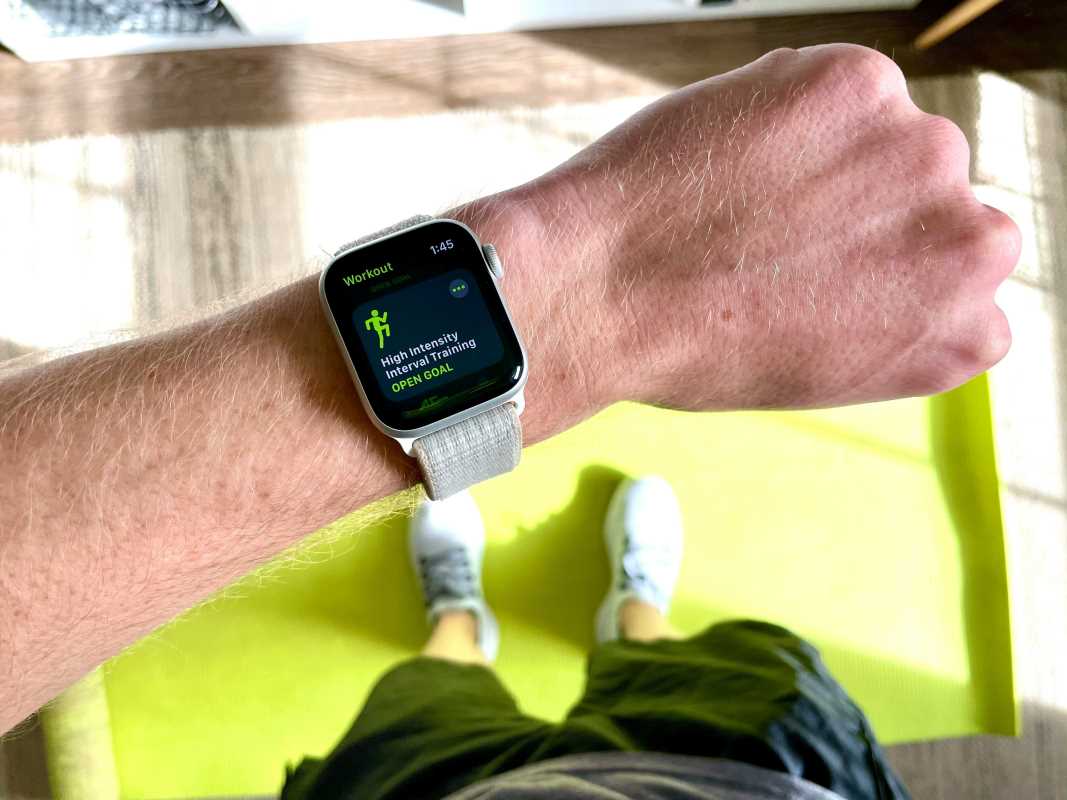Running is one of the most accessible and rewarding forms of exercise, but if you've never laced up a pair of running shoes for anything beyond a trip through the grocery store, starting out can feel intimidating. The good news? It’s never too late to become a runner, and you don’t need to be a seasoned athlete to enjoy the benefits. Whether your goal is to improve your fitness, clear your mind, or simply get moving, here’s how to start running safely, sustainably, and with a smile.
Preparing Your Body and Mind for Success
Before you hit the pavement or trails, it’s essential to get yourself both physically and mentally prepared. Running sounds straightforward, after all, it’s just one foot in front of the other, but giving it a bit of forethought ensures you'll stay injury-free and motivated.
First, invest in a proper pair of running shoes. Not all sneakers are created equal, and what works for walking might not support you during a run. Head to a specialty store where experts can analyze your gait and recommend shoes tailored to your feet. Trust us, your knees and ankles will thank you.
Next, dress for success. Lightweight, moisture-wicking clothes help regulate your body temperature and keep you comfortable. Chafing is every beginner's nemesis, so avoid cotton and opt for performance fabrics designed to prevent friction.
Hydration is another key preparatory step. Start drinking water well before your run, especially if you’re exercising in warmer weather. Dehydration can quickly take the fun out of a new hobby.
Your mind needs training, too. Running isn’t just a physical challenge; it’s a mental one as well. Set realistic expectations for yourself. You won’t be sprinting through a marathon in a week, and that’s okay. Visualize your runs as enjoyable adventures, not grueling labors.
Clear any health concerns by consulting with your doctor, especially if you’re coming off a long period of inactivity or have preexisting conditions. Your body is about to try something new, so getting the all-clear prepares you to proceed confidently.
Create a simple plan. Many beginners try to run too much too soon, which leads to burnout or injury. Map out manageable goals like alternating one minute of running with two minutes of walking. Structured progress keeps things fun and prevents overexertion.
Finally, remind yourself that every runner starts somewhere. Comparing your day one to someone else’s day 500 is like comparing unripened bananas to banana bread. The effort you’re putting in matters more than how fast or far you go.
Building a Beginner-Friendly Routine
Starting to run doesn’t require a fancy training program, but having a basic plan fosters consistency and helps you ease into the habit. Structuring your runs around achievable milestones keeps you motivated while reducing the risk of overdoing it.
Start with a walk-run approach. Alternate between intervals of walking and running. For instance, walk briskly for three minutes, then jog lightly for one. Repeat this cycle for around 20 minutes. Over time, as you feel stronger, decrease the walking intervals and extend your runs.
Keep pace in mind. You should begin at a conversational pace, meaning you can talk comfortably without gasping for air. Speed comes later, but for now, focus on running slow enough to keep things manageable and consistent.
Schedule your runs, but leave room for flexibility. Aim for three days a week to allow recovery time between sessions. Rest days are vital to avoid pushing your muscles and joints too hard too fast.
Don’t shy away from using apps or trackers. There are plenty of beginner-friendly tools available to serve as your pocket coach. Apps like Couch to 5K build structured routines that start small and grow with you.
Warm up before every run with dynamic stretches or a short walk to loosen your muscles and get your blood flowing. Cooling down afterward with gentle stretches prevents soreness. Neglecting these steps is like driving a car on ice with no brakes, not ideal.
Find a safe, beginner-friendly route. Flat, even surfaces like park paths make for a great starting point. Running hills or rocky trails might sound adventurous, but they also demand more from your muscles and joints. Stick to what feels comfortable.
Be kind to yourself when it comes to progress. Getting winded halfway through your first run doesn’t mean failure. Everyone struggles at first, but consistency is what shapes long-term success. Celebrate each step, no matter how small.
Mix variety into your routine. Incorporate different routes, listen to music, or find motivational podcasts to accompany you. When running feels fresh and fun, you’re less likely to dread suiting up.
On off days, consider low-impact activities like yoga or swimming. Cross-training supports your running progress while giving your body a chance to recover. Plus, it keeps your exercise routine interesting.
Common Questions Every Beginner Runner Has
When embarking on a running journey, it’s natural to have questions. What should you eat? What if you feel like giving up? These queries are only part of the learning curve. Here’s a quick list of answers to keep you informed and motivated:
- What should I eat before running? Stick to light snacks like a banana, toast with peanut butter, or yogurt an hour or two before your run. You want enough fuel without feeling weighed down.
- What do I do if I get side stitches? Slow down and focus on deep, rhythmic breathing. Stretch your side gently if needed.
- How do I handle muscle soreness? Rest and stretch. Sore muscles mean you’re building strength, so give your body time to recover.
- Do I need fancy fitness gadgets? Nope. While trackers and apps are helpful, all you truly need is a good pair of shoes and motivation.
- What if I feel embarrassed? Nobody cares as much as you think. Most runners applaud beginners for starting. Focus on your goals, not outside judgments.
- How long before I get “good” at running? Consistency is key. Most people notice improvements after just a few weeks of regular practice.
- Do I need to run every day? Absolutely not. Rest days are crucial to avoid overtraining.
- Why do my legs feel heavy? It’s likely muscle fatigue or dehydration. Hydrate well, rest, and continue with patience.
- What’s the best running gear? Beyond good shoes, breathable clothes and a water bottle are all you need to start.
Troubleshooting Beginner Bumps
Even with careful planning, starting a running routine can come with a few hiccups. Recognizing challenges in advance helps you address them without getting discouraged. Remember, bumps are part of the process, not a sign to quit.
Breathing can feel difficult initially, but don’t panic. Proper breathing takes practice. Begin by inhaling deeply through your nose and exhaling slowly through your mouth. Match your rhythm to your pacing, and you’ll notice improvement over time.
Shin splints, a common runner’s ache, are another hurdle. These pains are often caused by doing too much too soon or wearing improper footwear. Rest, ice, and proper stretching help alleviate the discomfort, but prevention is the best cure.
If motivation wanes, mix it up by running with a friend or joining a running group. Sharing the experience can reignite your enthusiasm and foster accountability when your inner couch potato beckons.
Some days, your energy might feel inexplicably low. Instead of scrapping your workout, go for a walk or complete a shorter session. Movement, even in smaller doses, is better than none.
Extreme weather presents yet another obstacle. Dress in layers for cold runs, and don light, breathable fabrics for hot days. If conditions get severe, prioritize safety by opting for indoor alternatives like treadmills.
Feeling like “everyone’s watching” can hold beginners back. Trust us when we say the only people noticing are the ones silently cheering you on. You’re showing up, and that’s what matters.
Learn to pace yourself. Burning out halfway through a run happens often for beginners. Resist the urge to start too fast and focus on maintaining an easy, steady tempo until running feels natural.
Hydration and nutrition hiccups are common. Keep water handy and aim for well-balanced meals to support recovery and energy. Neglecting these small details can add up quickly.
Lastly, don’t compare your bad days to someone else's best. Running is personal, and everyone experiences setbacks. Treat your progress as its own victory parade.
Celebrating Your Running Wins
Starting to run is an achievement itself, so don’t forget to revel in your wins, no matter how small they seem. A positive attitude goes a long way in keeping you excited about your new fitness habit and eager for more.
Track your progress in a way that feels meaningful to you. Whether it’s logging miles, recording how you feel after each run, or tracking how far you’ve come mentally, these markers motivate and remind you of your growth.
Reward yourself for milestones. Maybe running your first mile calls for a new pair of socks, or completing a month of practice warrants some fancy espresso. Small treats build excitement to keep going.
Share your progress with supportive friends or online communities. Engaging with others provides encouragement, advice, and inspiration when you need it most.
 (Image via
(Image via





